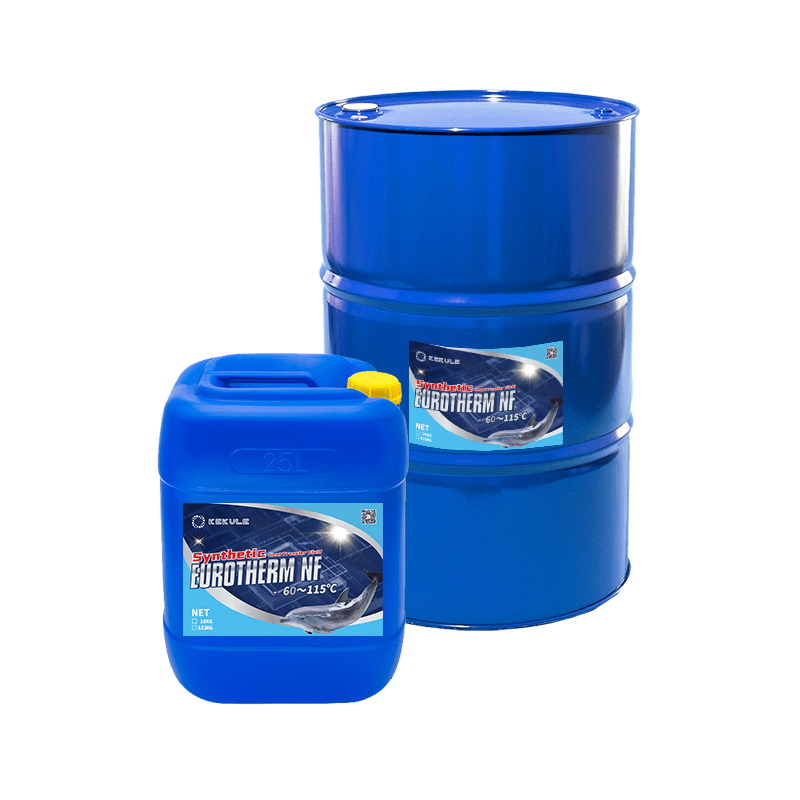About Chemie
Table of ContentsThe 7-Minute Rule for ChemieThe Only Guide to ChemieThe Ultimate Guide To ChemieHow Chemie can Save You Time, Stress, and Money.Fascination About ChemieA Biased View of Chemie
By Bojanna Shantheyanda, Sreya Dutta, Kevin Coscia and David SchiemerDynalene, Inc. Liquid air conditioning, which can be accomplished making use of indirect or straight methods, is made use of in electronic devices applications having thermal power thickness that may exceed safe dissipation through air cooling. Indirect fluid air conditioning is where warm dissipating electronic components are physically divided from the fluid coolant, whereas in instance of straight air conditioning, the elements remain in direct contact with the coolant.In indirect air conditioning applications the electric conductivity can be crucial if there are leaks and/or spillage of the liquids onto the electronics. In the indirect cooling applications where water based fluids with rust inhibitors are generally utilized, the electrical conductivity of the fluid coolant generally relies on the ion concentration in the liquid stream.
The increase in the ion concentration in a closed loophole liquid stream might happen due to ion leaching from metals and nonmetal elements that the coolant fluid touches with. Throughout operation, the electric conductivity of the fluid might boost to a level which can be harmful for the air conditioning system.
Things about Chemie
(https://www.4shared.com/u/mKZvE6Vq/betteanderson.html)They are bead like polymers that are qualified of trading ions with ions in a service that it touches with. In today work, ion leaching tests were done with different steels and polymers in both ultrapure deionized (DI) water, i.e. water which is treated to the highest degrees of pureness, and reduced electric conductive ethylene glycol/water combination, with the determined adjustment in conductivity reported with time.
The samples were permitted to equilibrate at room temperature level for two days prior to recording the preliminary electrical conductivity. In all examinations reported in this research study liquid electric conductivity was determined to a precision of 1% utilizing an Oakton CON 510/CON 6 collection meter which was adjusted prior to each measurement.
The Buzz on Chemie
from the wall heating coils to the center of the furnace. The PTFE example containers were placed in the heater when consistent state temperatures were gotten to. The examination arrangement was gotten rid of from the heating system every 168 hours (seven days), cooled to area temperature with the electrical conductivity of the liquid gauged.
The electrical conductivity of the fluid example was kept track of for a total amount of 5000 hours (208 days). Schematic of the indirect closed loophole cooling experiment set up. Parts made use of in the indirect closed loop cooling experiment that are in contact with the liquid coolant.

Chemie Can Be Fun For Anyone
During procedure the fluid tank temperature level was preserved at 34C. The adjustment in fluid electric conductivity was kept an eye on for 136 hours. The fluid from the system was accumulated and saved. Likewise, shut loophole examination with ion exchange material was lugged out with the same cleaning procedures used. The preliminary electrical conductivity of the 230ml UP-H2O in the system measured 1.84 S/cm.

0.1 g of Dowex material was included in 100g of liquid samples that was absorbed a different container. The combination was stirred and change in the electric conductivity at space temperature was measured every hour. The determined modification in the electrical conductivity of the UP-H2O and EG-LC test liquids having polymer or metal when engaged for 5,000 hours at 80C is revealed Number 3.
The smart Trick of Chemie That Nobody is Discussing
Ion leaching experiment: Calculated change in electrical conductivity of water and EG-LC coolants consisting of either polymer or steel samples when immersed for 5,000 hours at 80C. The outcomes indicate that metals contributed fewer ions into the liquids than plastics in both UP-H2O and EG-LC based coolants.
Liquids having polypropylene and HDPE displayed the lowest electrical conductivity adjustments. This can be because of the short, inflexible, straight chains which are much less most likely to contribute ions than longer branched chains with weaker intermolecular pressures. Silicone likewise carried out well in both test fluids, as polysiloxanes are normally chemically inert as a result of the high bond power of the silicon-oxygen bond which would avoid deterioration of the material into the fluid.
The Definitive Guide to Chemie
It would be expected that PVC would certainly create similar results to those of PTFE and HDPE based upon the similar chemical frameworks of the materials, nevertheless there may be various other contaminations existing in the PVC, such as plasticizers, that might influence the electric conductivity of the fluid - dielectric coolant. Additionally, chloride groups in PVC can likewise leach into the examination liquid and can cause an increase in electric conductivity
Buna-N rubber and polyurethane showed indicators of deterioration and thermal decay which suggests that their feasible utility as a gasket or adhesive material at greater temperature levels can bring about application problems. Polyurethane totally disintegrated right into the examination fluid by the end of 5000 hour test. Figure 4. Before and after pictures of metal and polymer examples immersed for 5,000 hours at 80C in the ion seeping experiment.
Measured change in the electric conductivity of UP-H2O coolant as a function of time with and without resin cartridge in the closed indirect cooling loop experiment. The gauged adjustment in electric conductivity of the UP-H2O click this site for 136 hours with and without ion exchange material in the loophole is shown in Figure 5.